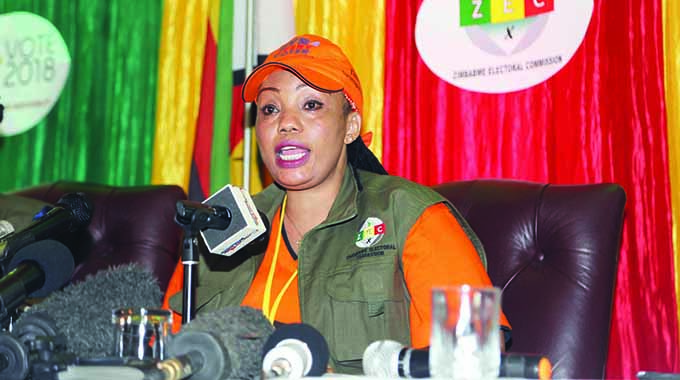Govt must guarantee agriculture insurance

Correspondent
Zimbabwe’s government has over the years been supporting agriculture through provision of inputs and various subsidies, but paying little attention to crop insurance. Various governments are supporting crop insurance to cushion farmers in times of distress. Zambia, Kenya, Ethiopia and India, for example, have over the years implemented various strategies to support crop insurance.
The Zambian government enrolled over a million smallholder farmers under its input support scheme, Farmer Input Support Programme (FISP), on weather index insurance. Kenya, on the other hand, introduced an insurance Bill to protect farmers from drought losses.
The most interesting developments are from India where insurance experts are now recommending the use of information and communication tools (ICT) to help farmers regain faith in crop insurance schemes.
India usually experiences unseasonal dust and thunderstorms, followed by unseasonal rains which lead to extensive crop damage.
With unusual weather patterns and events becoming more common, protection of farmers against these risks figures prominently in the Narendra Modi government’s agricultural policy. Zimbabwe is still refining its agriculture policy and there are some smart solutions from India’s experience.
India refined its agriculture insurance policy several times, but continued to face challenges that made processing and verification of insurance claims error-prone and time-consuming.
Payouts continued not to reach farmers at the right time and in amounts not commensurate with their losses. The country then invested in research on the best methods to develop crop insurance. Experts from this Asian rising giant are now recommending the use of information communication technology (ICT) tools — smart solutions.
One of the smart solutions is from a study that demonstrates how to capitalise on the availability of low-cost Internet and the rising use of smartphones.
This study looks at the effectiveness of a smartphone-based app amongst smallholder wheat producers across Haryana and Punjab, India’s the second and third highest wheat-producing states.
The new picture-based insurance product seals technology with weather index-based insurance. Farmers are asked to take pictures from the same site with the same view frame two to three times a week throughout the cropping season. The series of images thus created helps insurance agencies examine the condition of the crops.
Another smart solution is from a study which incorporates the use of mobile technology to record and upload the crop-cutting experiments, a mechanism to determine the overall yield of the farms.
An Android-based mobile application records and transmits the crop-cutting experiments data using smartphones. This data is transferred to the central crop insurance portal, making it available in real time to government officials and insurance companies.
The smartphone approach improves data quality as it contains vital information, such as photos and videos of the particular area, geo-tagging and time stamping crop area, probable harvest date, net weight of the produce obtained after harvesting and weight of the wet yield.
Zimbabwe is lagging behind in terms of agriculture insurance. The Insurance and Pensions Commission targets an overall insurance penetration rate of 7 percent by 2022, up from the current 4,1 percent
Encouraging use of ICT generally quickens compilation of data, verification and faster settlement of claim making insurance attractive to farmers.
These smart solutions can also help allied activities. ICTs can address not only supply side and process-related bottlenecks but also influence behavioural change on the demand side. From the study in India, a number of farmers reported that visiting their fields more, even if it was to take photographs, made them more aware of the state of their crops.
Players in Zimbabwe’s insurance sector and the government should look into the Indian studies as agriculture is a high-risk economic activity and investment in that sector without insurance is an added risk factor.
This article was taken from the 29th Volume of the weekly Farmer’s Voices published on Tuesday.








Comments